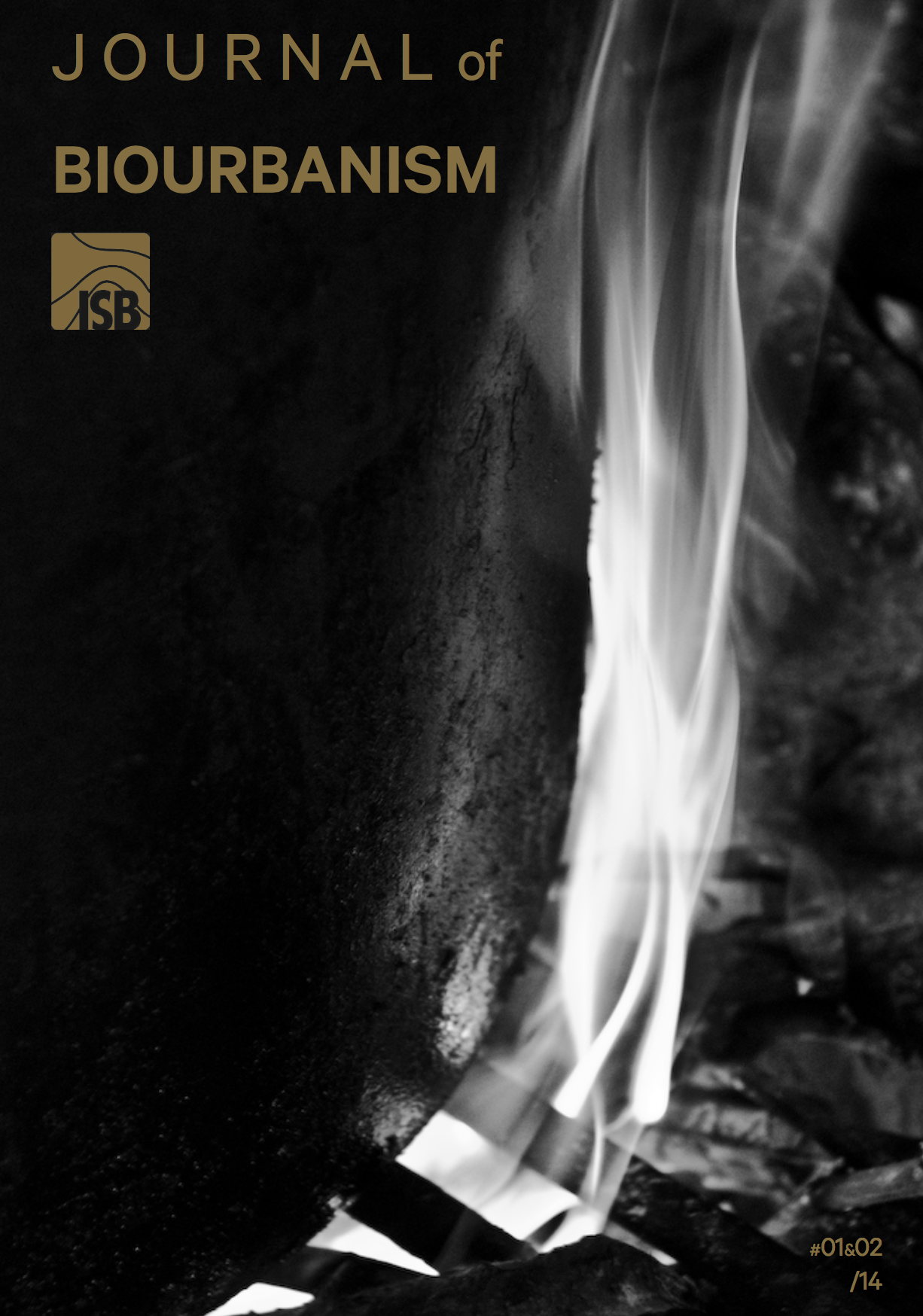 Journal of Biourbanism (2015) Volume III #1&2/2014
Journal of Biourbanism (2015) Volume III #1&2/2014
A Letter from JBU
Sinan Logie
Editor in Chief, Istanbul Bilgi University Faculty of Architecture, Turkey
The Journal of Biourbanism is pleased to share with you our new issue.
This latest issue compiles works and experiments by researcher, focusing on commons and
participation as the core of contemporary planning.
In this frame, we selected a sharp paper on Self-organization and the Potential of a Commons Place by Iris Kühnlein, Loan Diep and Maya Ganesh that examines an experimental project led in Maastricht. The highlighted Landhuis project—a self-organized neighborhood center—is studied in the frame of Christian Fuchs’ theories on agency in societies, and strikes the importance of place in the imaginary structure of a community.
Human experimentation is also at the core of Biophilic Design Triggers Fascination and Enhances Psychological Restoration in the Urban Environment, written by Rita Berto, Giuseppe Barbiero, Margherita Pasini and Pieter Unema. Their work based on Rachel and Stephen Kaplan’s Attention Restoration Theory (ART), stresses the importance of cognitive design in urban environments.
This question of place or urban place is also investigated by Rachel Singer and Renanit Avitan Fein in their research led in the Jerusalem neighborhood of Kiryat Yovel. Rings and Pulses analyzes urban layouts through the principles of urban acupuncture to understand and regenerate the complex urban area where historic and modern patterns are interwoven.
Monuments are also part of a community’s commons. In this frame, Jaap Dawson invites us to discover the deep spatial explorations of the Dutch architect Dom Hans van der Laan in his paper Building to Sustain Body and Soul. The architect’s research on patterns and measures structuring space by methods based on human perception is still very contemporary.
Sara Bissen invites us to meditation and poetry through the use of our senses to explore the city in her text The City Smells of Decay.
With his singular approach, Gökhan Karakuş invites us to rediscover the mastery of ancient geometric patterns as a community’s common heritage, and their reinterpretation through technological tools in his paper Hyperarchaic Tectonics: Looking Back to Move Forward in the Making of Form and Space.